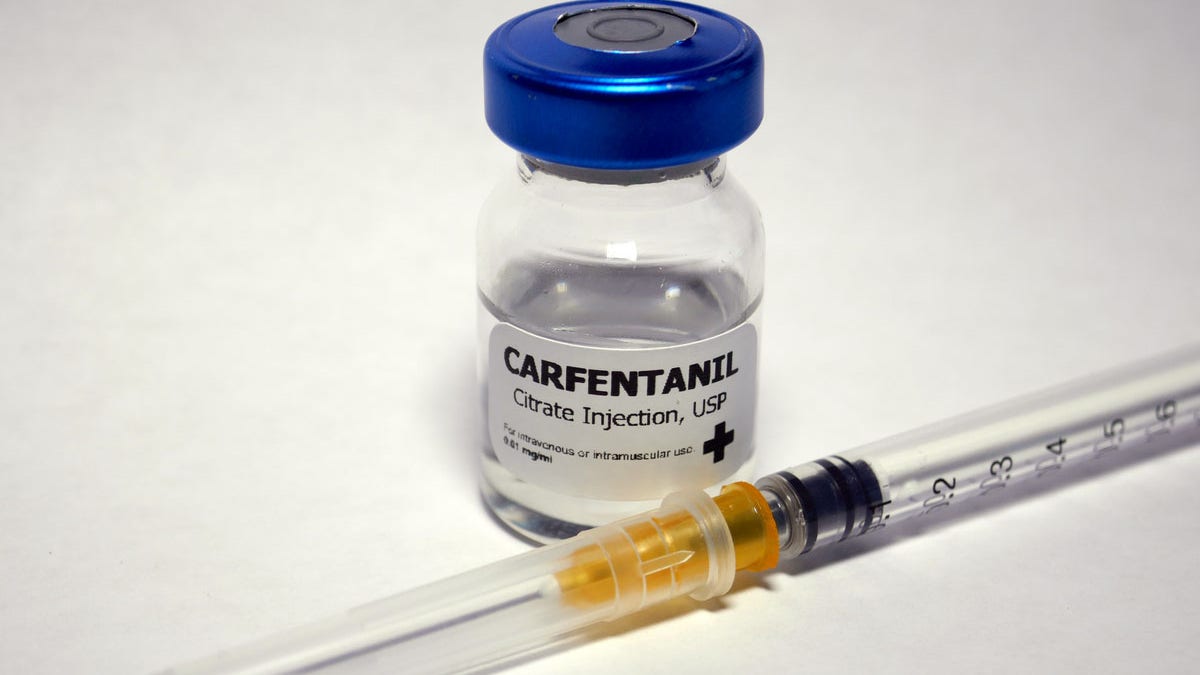The Centers for Disease Control and Prevention (CDC) has issued a warning about the alarming rise of carfentanil, an opioid significantly more potent than fentanyl. While fentanyl has been widely recognized for its role in overdose deaths, carfentanil poses an even greater threat. According to a CDC alert, carfentanil-related fatalities have surged by over 700% in recent times. Between January and June 2023, 29 deaths were attributed to carfentanil, compared to a staggering 238 deaths during the same period in 2024. This data, sourced from the CDC's State Unintentional Drug Overdose Reporting System (SUDORS), may even underestimate the true figures, as 2024 data is still preliminary.

Following a period of relative absence after a spate of deaths in 2016 and 2017, carfentanil has reemerged as a significant public health concern. Its high profitability makes it appealing to illicit drug manufacturers, as small quantities can yield a large number of doses. Dr. Chris Tuell, clinical director of addiction services at the University of Cincinnati College of Medicine, explains that synthetic opioids like carfentanil are relatively easy to produce in clandestine laboratories, unlike plant-derived drugs like heroin.
Carfentanil's extreme potency – 10,000 times stronger than morphine and 100 times stronger than fentanyl – makes it incredibly dangerous. Even a minuscule amount can cause respiratory failure and death. The drug is often mixed with other substances, including benzodiazepines, cocaine, and other opioids, increasing the risk of accidental overdose. Its resemblance to cocaine and heroin further complicates the issue, making it difficult to distinguish in drug mixtures.

Carfentanil's appeal to individuals with high opioid tolerance, its various forms (injectable, powder for inhalation, and counterfeit pills resembling prescription medications), and its ability to become airborne, all contribute to its danger. Dr. Tuell stresses the importance of parental awareness and education about the risks associated with carfentanil and other illicit substances. Open communication, monitoring children's online activities, and addressing underlying mental health issues are crucial for prevention. It's also important to note the high prevalence of co-occurring mental health disorders among those with substance use disorders, highlighting the need for comprehensive care.


The CDC advocates for a multi-pronged approach to combat the rise in fentanyl-related deaths, including improved distribution of harm reduction resources, increased access to treatment for substance use disorders, and preventative measures to curb drug initiation.
Comments(0)
Top Comments